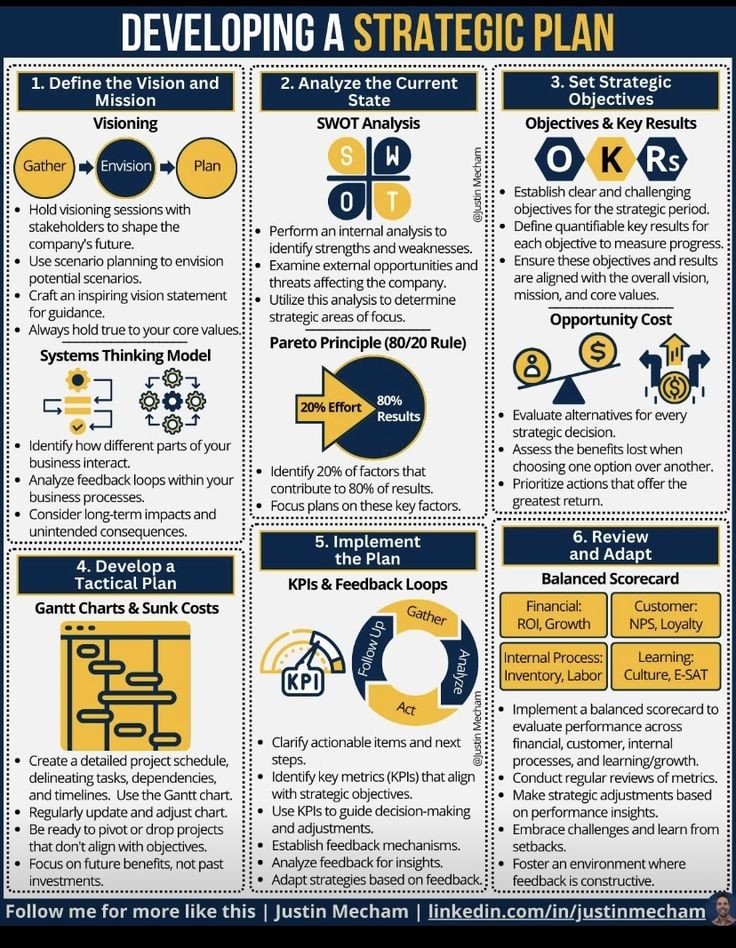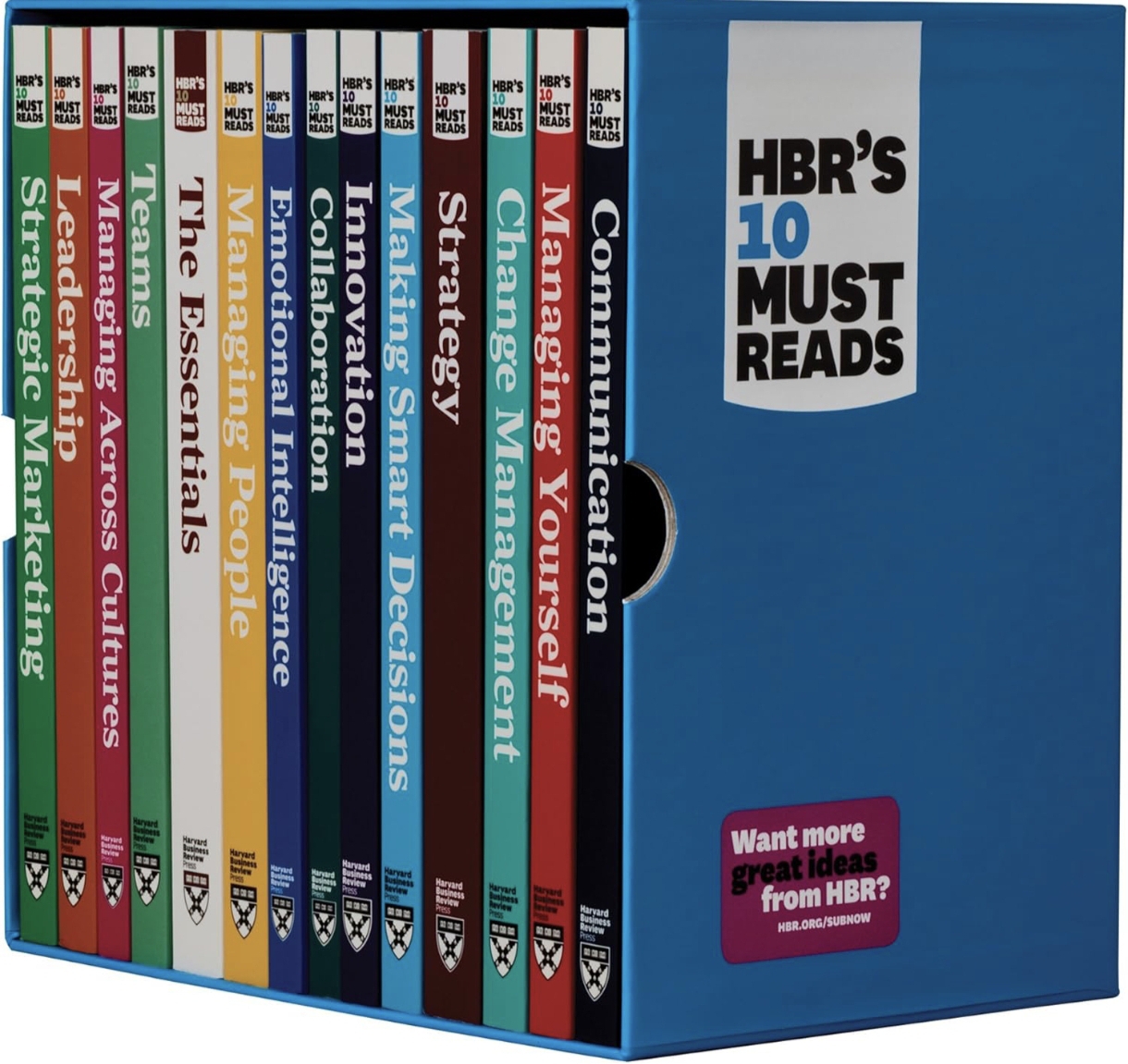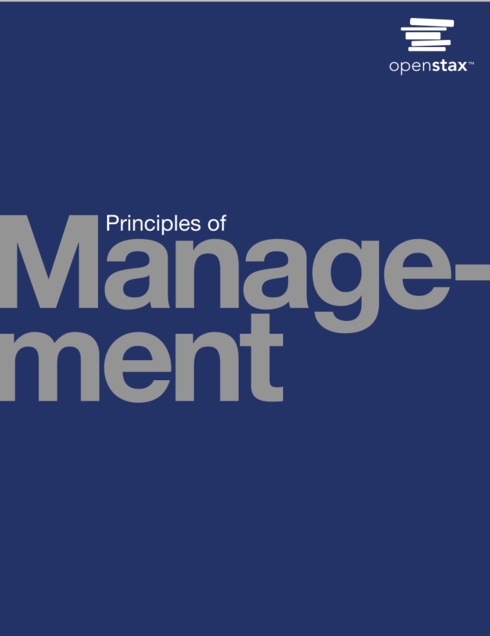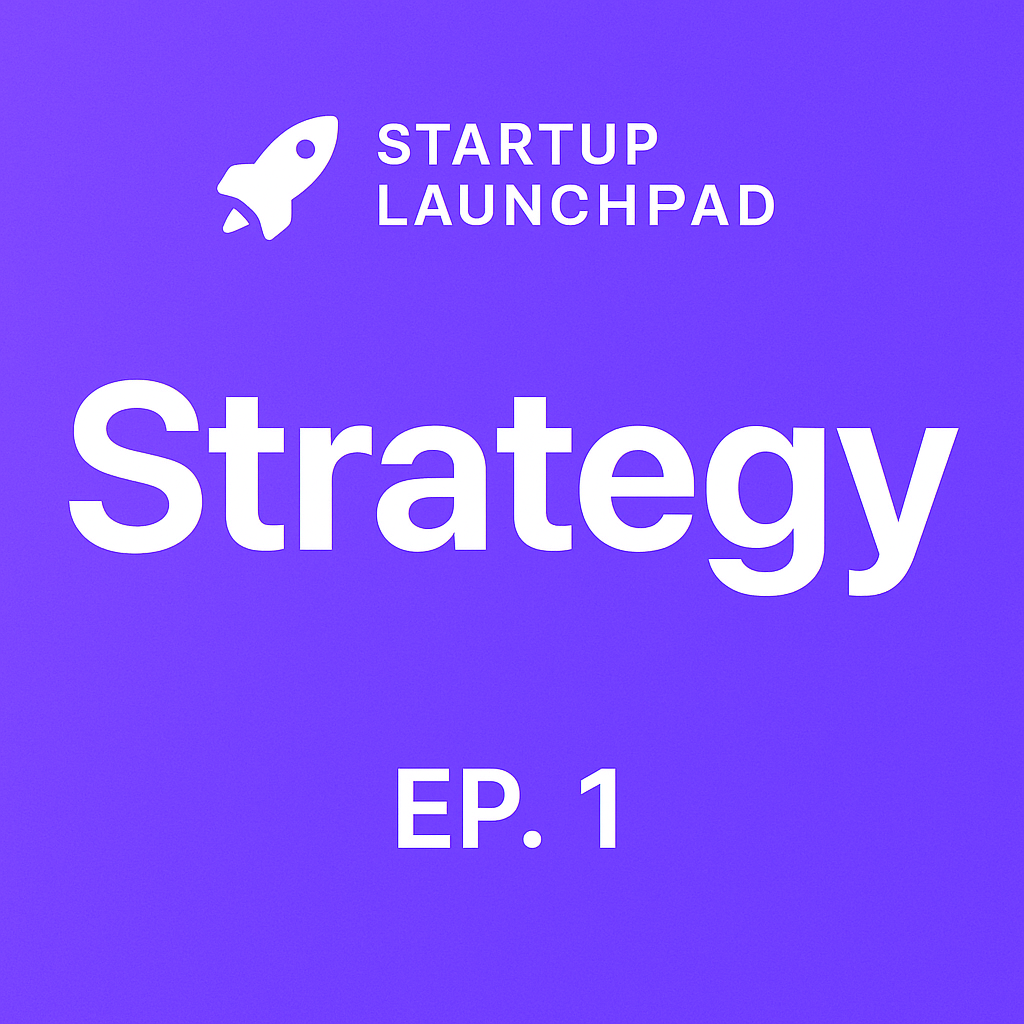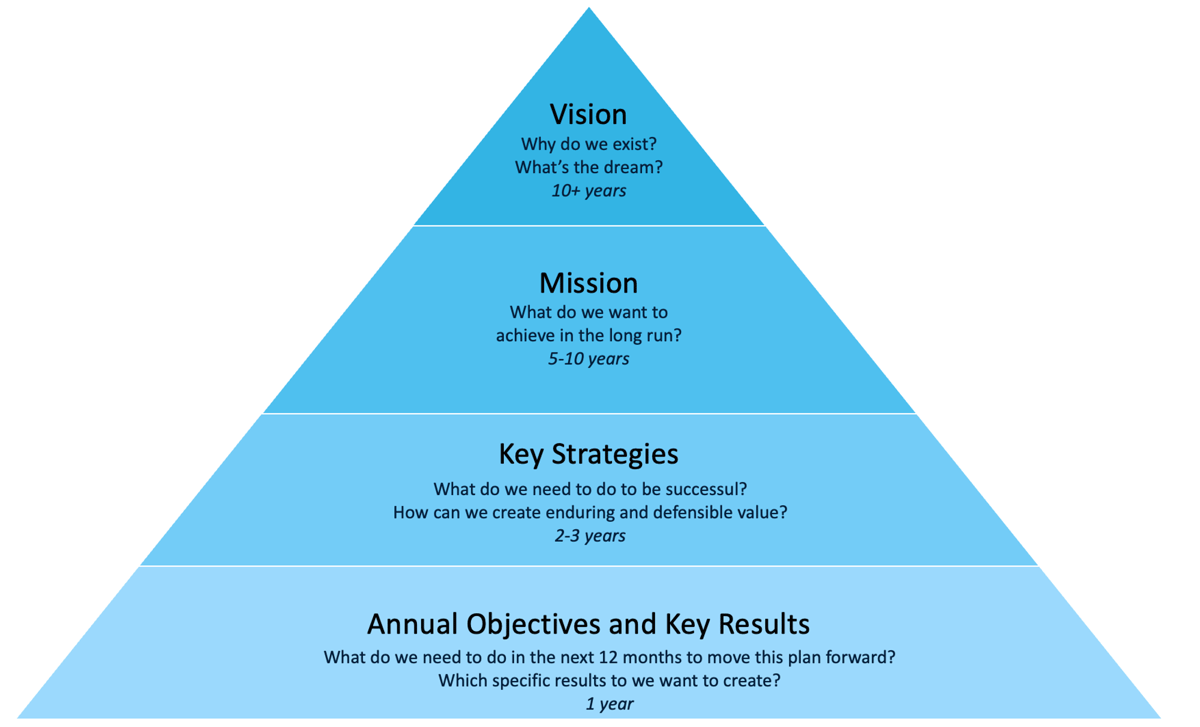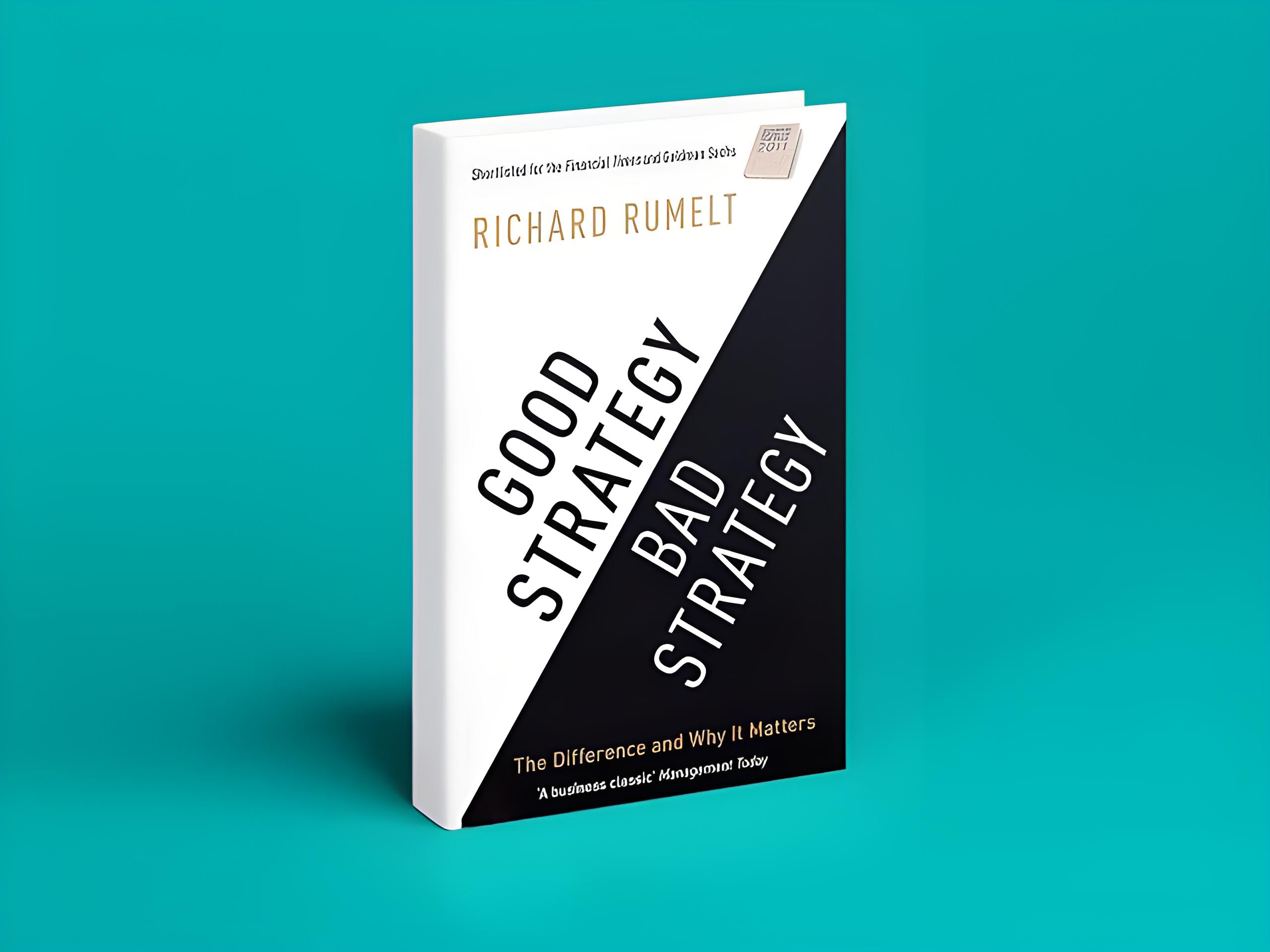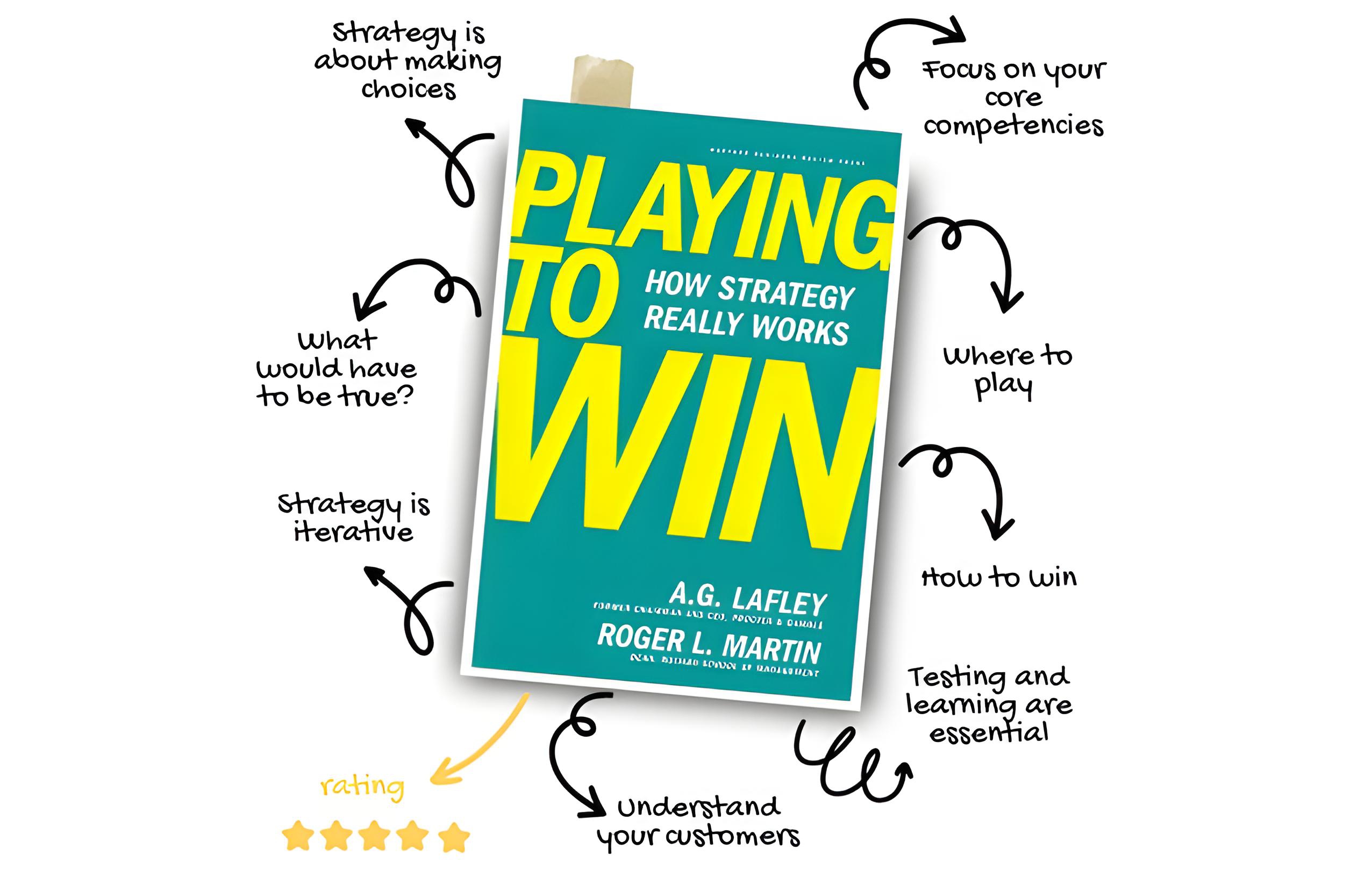Back
SHIV DIXIT
CHAIRMAN - BITEX IND... • 9m
📖 DAILY BOOK SUMMARIES 📖 Top 3 Best Harvard business book about Strategy 🥶) 🔗 DIRECT FREE E-BOOK DOWNLOAD LINK AVAILABLE — https://drive.google.com/file/d/1ceIK-oAgQ8lmZ5cpVgOtRDF3r6ckCA3z/view?usp=drivesdk 2=} Strategy Maps Book — https://drive.google.com/file/d/1dIEMhZtvuxH3n8GRuoE8k7PG0tq_8Lg4/view?usp=drivesdk 3=} The Execution Premium — https://drive.google.com/file/d/1dMBQB-NS7MoVevevzduChe6FdR-CoJoW/view?usp=drivesdk 🔥 The Balanced Scorecard 🔥 🚀 20 Lessons 👉 ✨ Robert S. Kaplan ✨ 1. Balanced Scorecard (BSC) • A strategic management tool to measure organizational performance beyond financials. 2. Four Perspectives • It integrates four perspectives: Financial, Customer, Internal Processes, and Learning & Growth. 3. Alignment with Vision • BSC helps align business activities with the organization’s vision and strategy. 4. Financial Perspective • Focuses on profitability, revenue growth, and shareholder value. 5. Customer Perspective • Measures customer satisfaction, retention, and market share. 6. Internal Processes Perspective • Focuses on improving business processes to deliver value. 7. Learning & Growth Perspective • Emphasizes employee development, skills, and organizational culture. 8. Strategic Goals Translation • BSC translates strategic goals into actionable measures. 9. Continuous Improvement • It creates a framework to monitor and improve performance continuously. 10. Goal Alignment • Helps organizations align individual goals with corporate strategy. 11. Strategic Objectives Mapping • Strategic objectives are mapped to each of the four perspectives. 12. Linking Actions to Strategy • BSC links short-term actions with long-term strategic goals. 13. Cause-and-Effect Relationships • Establishes cause-and-effect relationships between objectives to drive performance. 14. Performance Measurement and Management • The scorecard is used for both performance measurement and strategic management. 15. Leading and Lagging Indicators • Emphasizes leading indicators (future performance) alongside lagging indicators (historical performance). 16. Strategy Maps • Visualize the relationships between strategic objectives. 17. Alignment Across Levels • The BSC encourages alignment across different levels of the organization. 18. Feedback Loops • It enables feedback loops to adjust strategies based on performance results. 19. Continuous Communication • Requires continuous communication and feedback to adapt to changing business environments. 20. Global Adoption • The Balanced Scorecard has been widely adopted for both private and public organizations globally
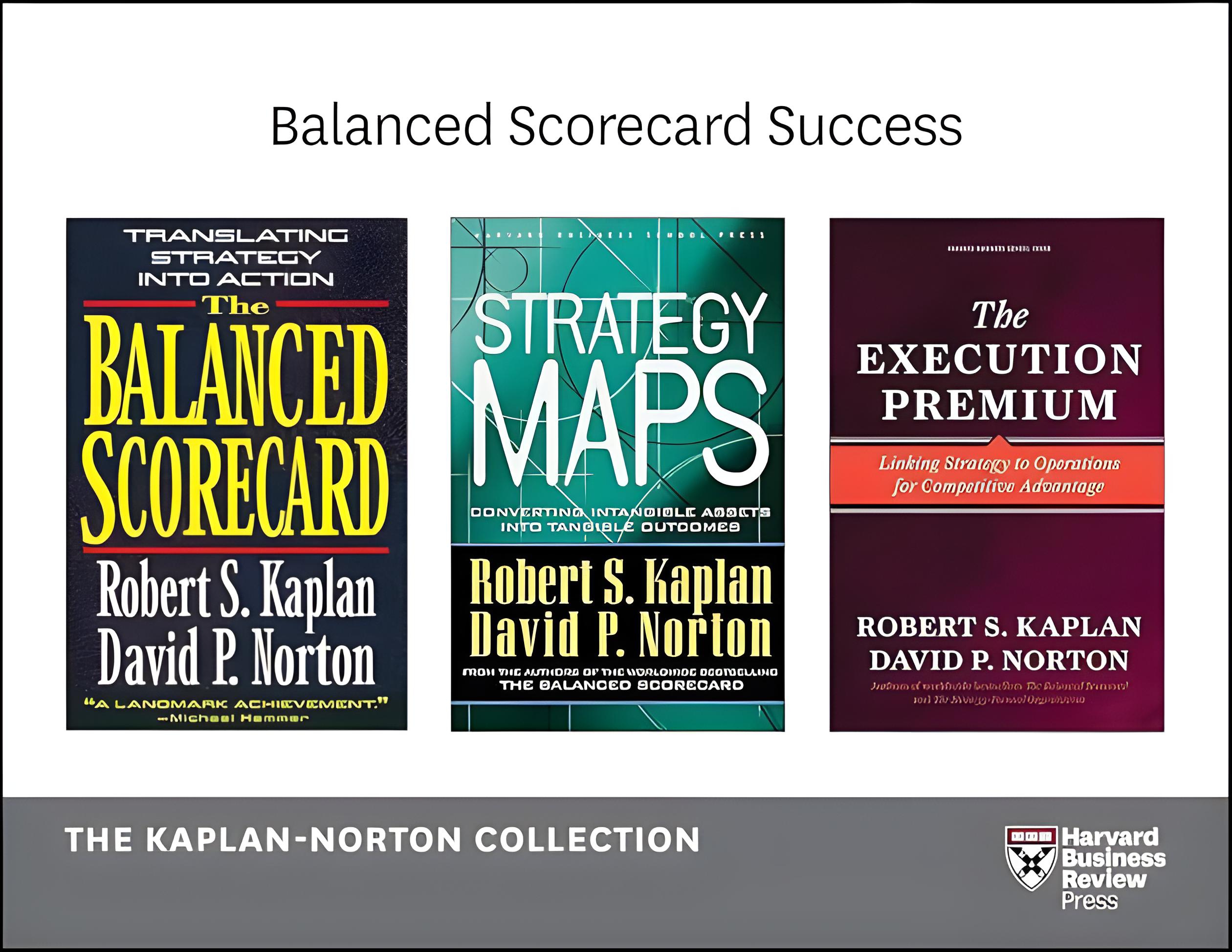
More like this
Recommendations from Medial
Riyaz Saleem
Growth Marketing Hea... • 4m
Identifying the right touchpoints for your product or service —both digitally and physically—is crucial for understanding whether marketing efforts are effectively driving the desired outcomes. Major companies recognize this by establishing key perf
See MorePradeep Chaudhary
Co-founder & Product • 5m
Why Every Startup Founder Needs an Annual Work Plan? An annual work plan is essential for startup founders as it provides a clear roadmap to achieve goals. 1. Strategic Direction: It aligns short-term actions with long-term vision, helping founders
See More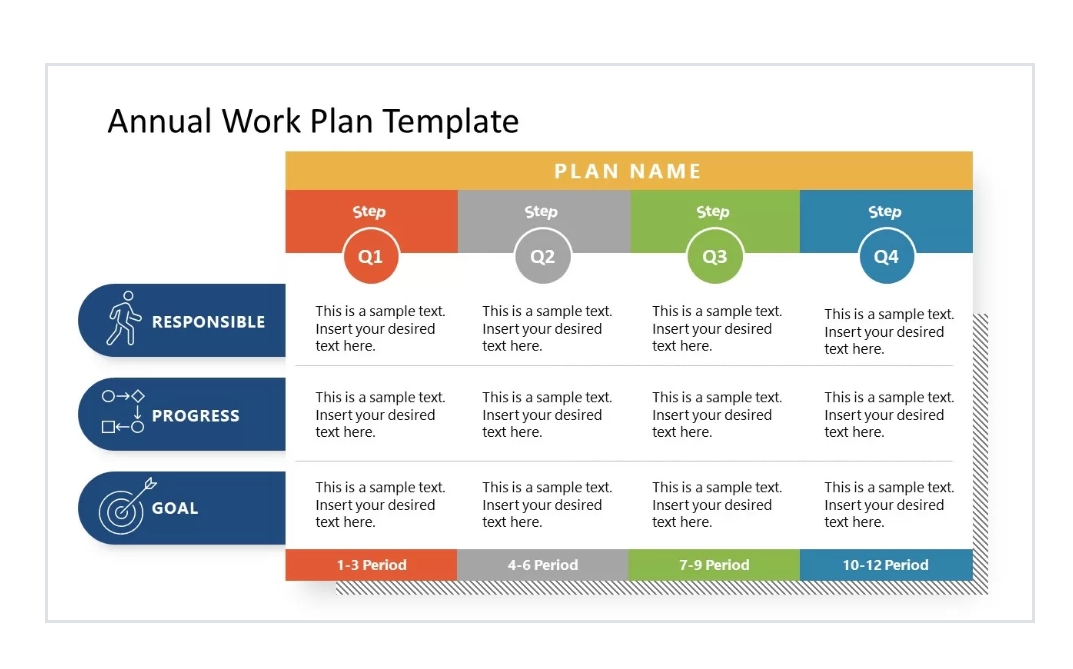
Hemant Prajapati
•
Techsaga Corporations • 12m
Pehle toh follow 👋 kare aur 📑 bookmark kare . . Key terms every startup founder must know: 🔍 Product-Market Fit - Ensuring your product meets real customer needs in a large market. 📈 Traction - Signs that show user growth and engagement. ⏳ Ru
See More
SHIV DIXIT
CHAIRMAN - BITEX IND... • 1y
Professional Business Concepts , Strategies , Research and Management Books For Entrepreneurs Download Now 1=} “ Oxford Business dictionary with 7000+ Business Concepts ” Pages — 320 Price — 1K Download link — https://drive.google.com/file/d/1
See More


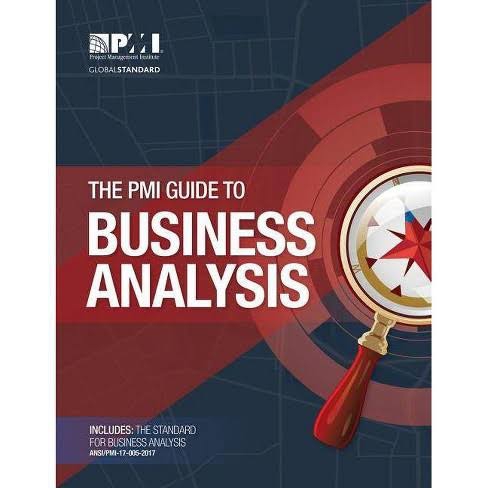
Download the medial app to read full posts, comements and news.







